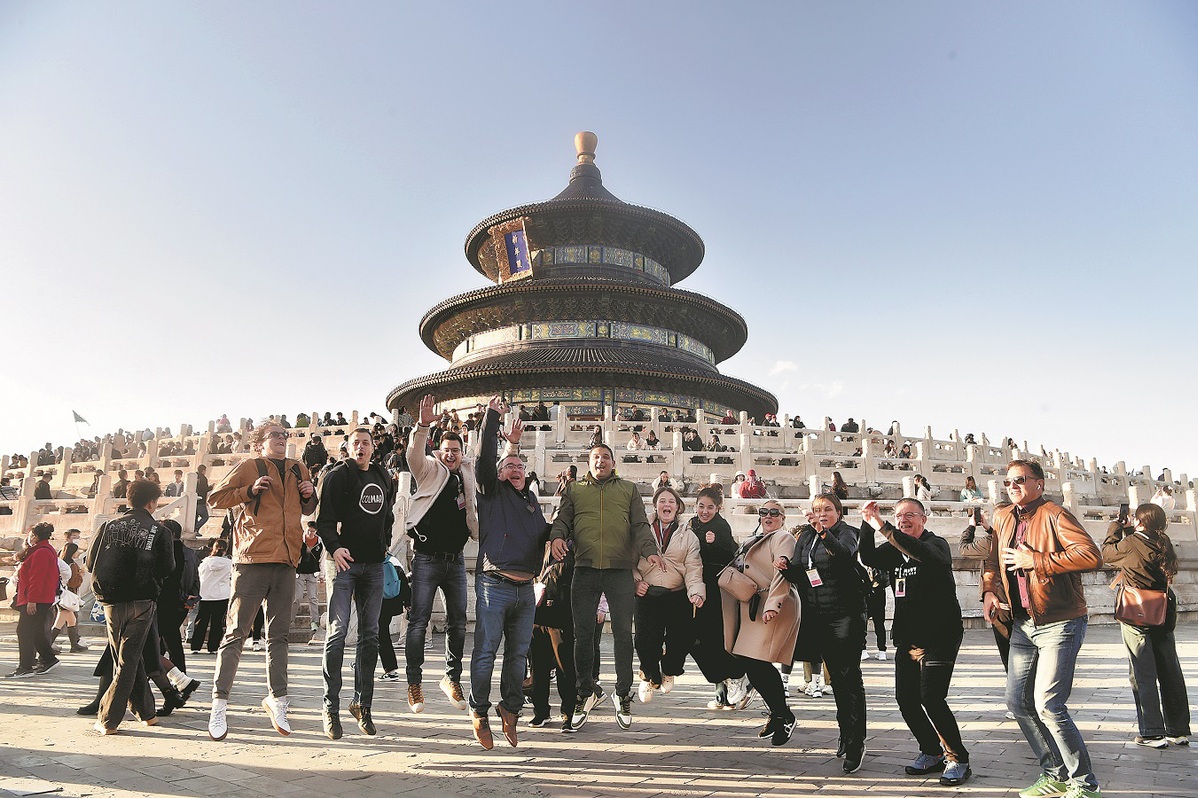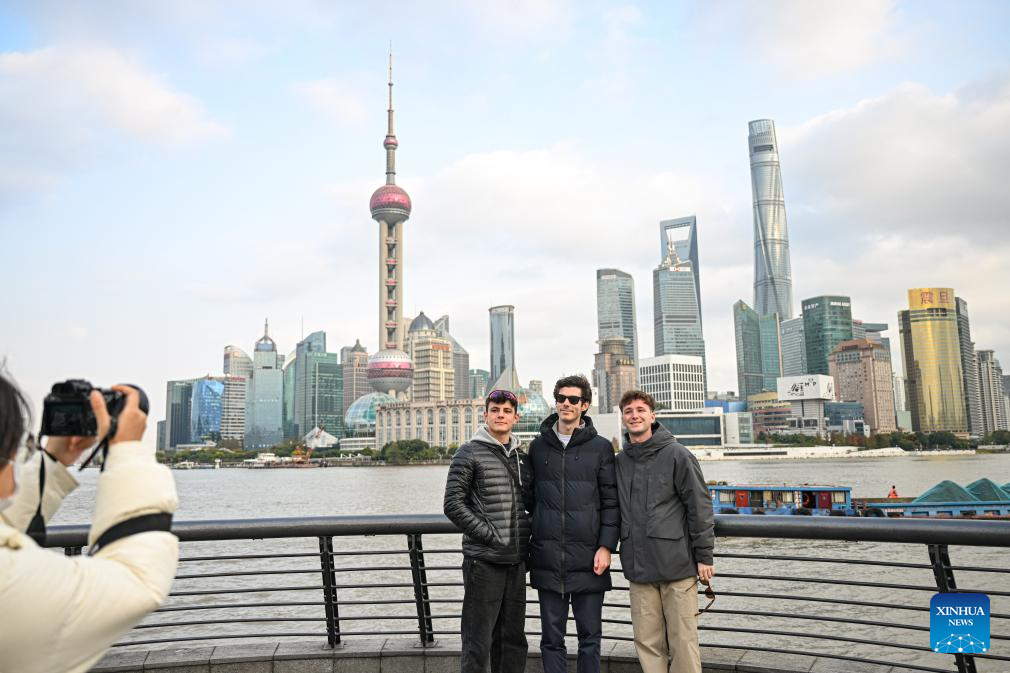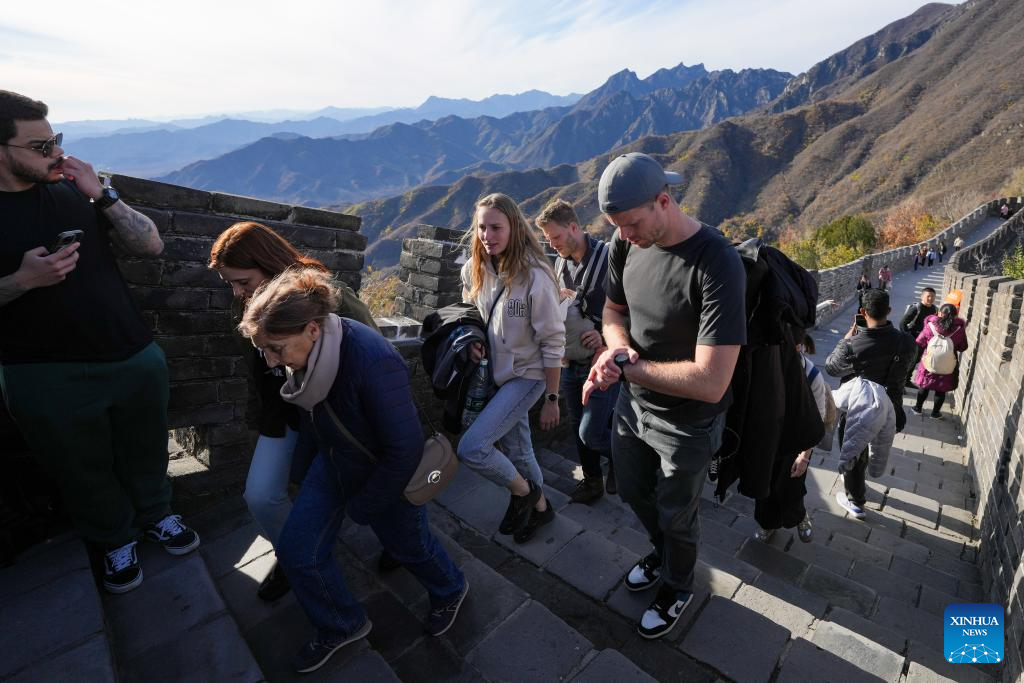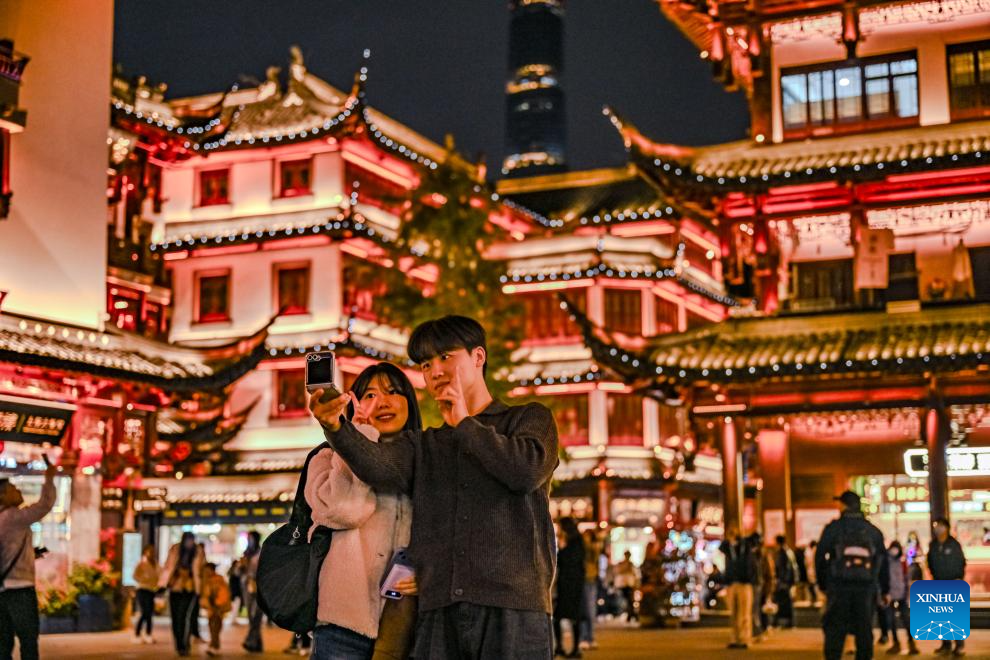
Traveling to China is getting easier for foreign tourists, as new rules and procedures cover more regions and ports of entry. These include optimized visa-free policies, convenient access to currency exchange, expedited car rentals, quick purchase of cellphone cards and more signage in languages other than Chinese.
With the New Year and Spring Festival holidays approaching, there's no better time for travelers to arrive for a taste of traditional Chinese culture.
ALSO READ: China extends visa-free transit stays to 10 days, adds more entry points
China has extended the duration of its visa-free transit policy to 10 days. The previous limit was 72 or 144 hours.
Eligible citizens from 54 countries, who are transiting to a third country or region, can enter at any one of 60 ports in 24 provincial-level regions, up from 39 ports in 19 regions. These include places with lots to see and do, such as Guizhou and Shanxi provinces and the city of Zhangjiajie in Hunan province.

Chen Shaoqing, former deputy director of the Shanxi Department of Culture and Tourism, said the province's Taiyuan and Datong are among the newly added places. These are replete with traditional Chinese culture and dotted with ancient architecture.
Around 28,000 ancient structures stand in Shanxi, with some wooden buildings dating to the Yuan Dynasty (1271-1368) and before, Chen noted.
In the viral online game Black Myth: Wukong, which gained global popularity this year, most of the scenery is inspired by the grottoes, temples and ancient architecture of Shanxi.
READ MORE: Europe embraces China's visa-free policy as catalyst for deeper ties
Li Feng, deputy director of the Shanxi entry and exit inspection station, said the visa-free transit policy is expected to attract many more foreigners. The station has worked with international airports in the province to improve infrastructure at ports to ensure that foreign travelers have a smooth experience, he said.
Ma Xuefeng, deputy director of Datong's culture and tourism bureau, said the city will organize lantern shows and folk performances during the holiday season to attract more foreign and domestic travelers.

At Guiyang Longdongbao International Airport in Guizhou province, a new service center for tourists provides currency exchange, car rentals and cellphone SIM cards that work across China. Major telecommunication enterprises have introduced seven-day, 15-day and 30-day phone cards for international travelers. Fourteen such centers have been set up at major travel destinations in the province.
Huang Yufei, a market manager for an international tourism company in Guizhou, said the company received more than 50 travel groups from the Asia-Pacific region in autumn and most of the travelers were from Singapore, Malaysia and Thailand.
READ MORE: Japanese arrivals in China set to increase
Guiyang opened a direct flight to Singapore in November, and Huang said she expects there will be many more travelers coming from Southeast Asia.
Li Ping, deputy head of Zhangjiajie tourism guide association, said that Zhangjiajie has long been a hot travel destination for international tourists. It's famous for the unusual mountains that inspired the Hollywood blockbuster film Avatar.

Zhangjiajie welcomed more than 1.29 million foreign tourists in the first three quarters, surging 255 percent year-on-year. The visitors came from 183 countries and regions.
Li said that under the visa-free transit policy, the tourism market for foreigners in the city next year looks "extremely bright".
READ MORE: Think tank report explicates how world knows a real China amid inbound travel boom
"It's hard to believe that there are so many foreign tourists in Zhangjiajie now — in December — which is not considered a peak travel season," he said. "We are making efforts to improve the infrastructure, manpower and services in restaurants and hotels, and we are confident that we can leave international travelers with good impressions."
While the city is well-prepared to handle more travelers from South Korea — a steady source of foreign visitors — it is still lacking in tour guides fluent in languages other than Chinese. More are needed to handle the surge, he added.


